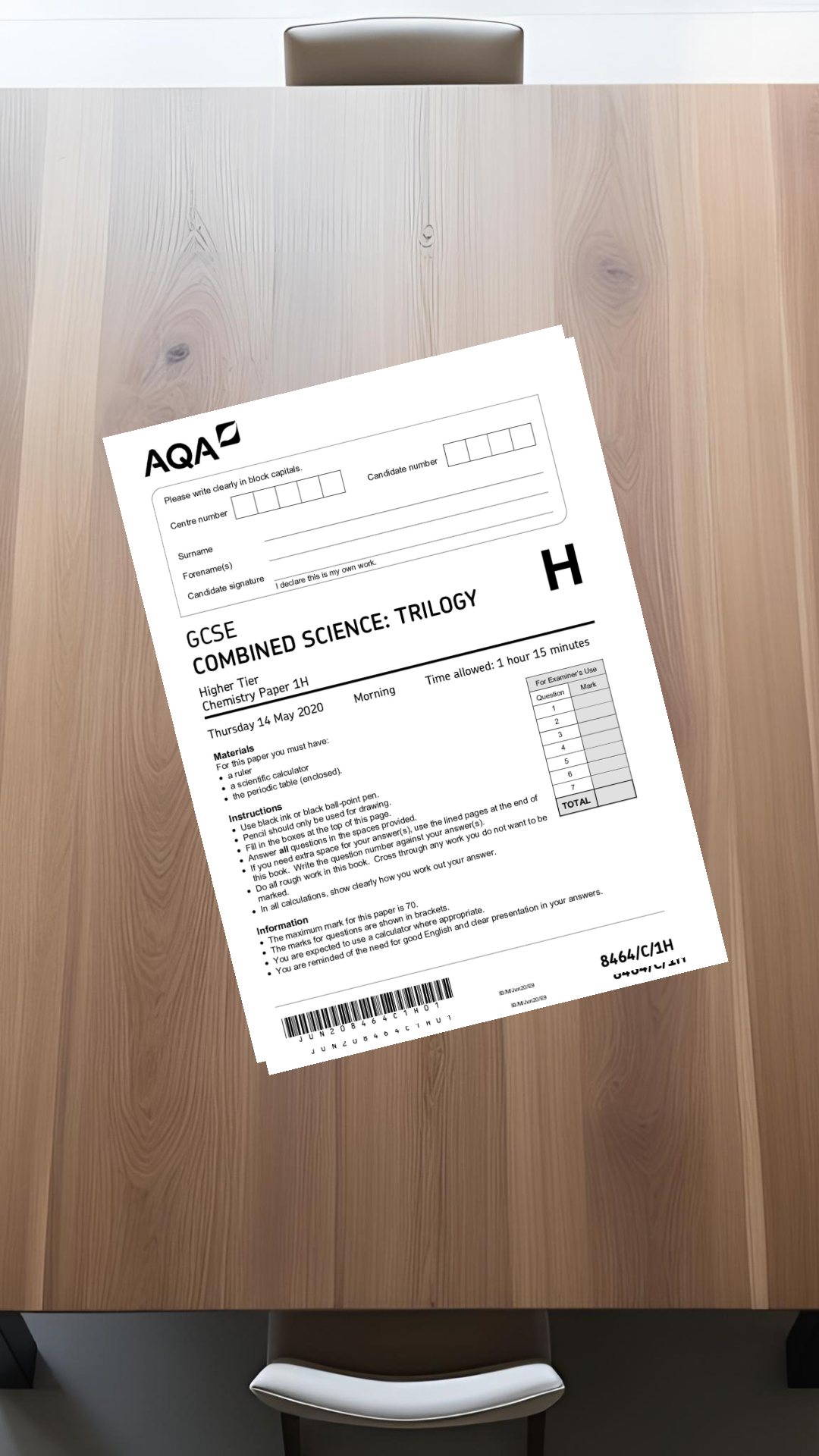AQA GCSE Combined Science Chemistry Paper 1 Tutorial
Introduction
AQA GCSE Combined Science Chemistry Paper 1 is a 1 hour 15 minutes exam that covers a range of topics in chemistry. The exam is divided into two tiers: Foundation (grades 1–5) and Higher (grades 4–9). In this tutorial, we will cover the format, content, and questions of the exam.

- Duration: 1 hour 15 minutes
- Marks: 70
- Tiers:
- Foundation (grades 1–5)
- Higher (grades 4–9)
Topics Covered
The exam covers five main topics:
- Atomic Structure and the Periodic Table: This topic includes the study of atomic structure, including protons, neutrons, and electrons, as well as the periodic table and its trends.
- Bonding, Structure, and the Properties of Matter: This topic covers the different types of chemical bonds, including ionic, covalent, and metallic bonds, as well as the structure and properties of solids, liquids, and gases.
- Quantitative Chemistry: This topic includes the calculation of amounts of substances, concentration, and volumes of gases.
- Chemical Changes: This topic covers the different types of chemical reactions, including acid-base reactions, oxidation-reduction reactions, and precipitation reactions.
- Energy Changes: This topic includes the study of energy changes in chemical reactions, including exothermic and endothermic reactions.
Questions
The exam will include a mix of question types, including:
- Multiple choice questions
- Short answer questions
- Longer answer questions
- Practical questions
Tips and Advice
To succeed in the exam, it is essential to:
- Review the topics covered in the exam
- Practice answering different types of questions
- Use the periodic table to help with calculations and trends
- Use diagrams and equations to help answer questions
- Read each question carefully and follow the instructions
Example Questions
Here are some example questions that may be included in the exam:
What is the atomic number of carbon?
A) 6
B) 8
C) 10
D) 12
Describe the difference between an ionic bond and a covalent bond.
Calculate the amount of sodium hydroxide required to react with 25 cm³ of 2.0 mol/dm³ hydrochloric acid.
Remember to practice answering different types of questions and to use the periodic table and diagrams to help with your answers. Good luck with your exam!